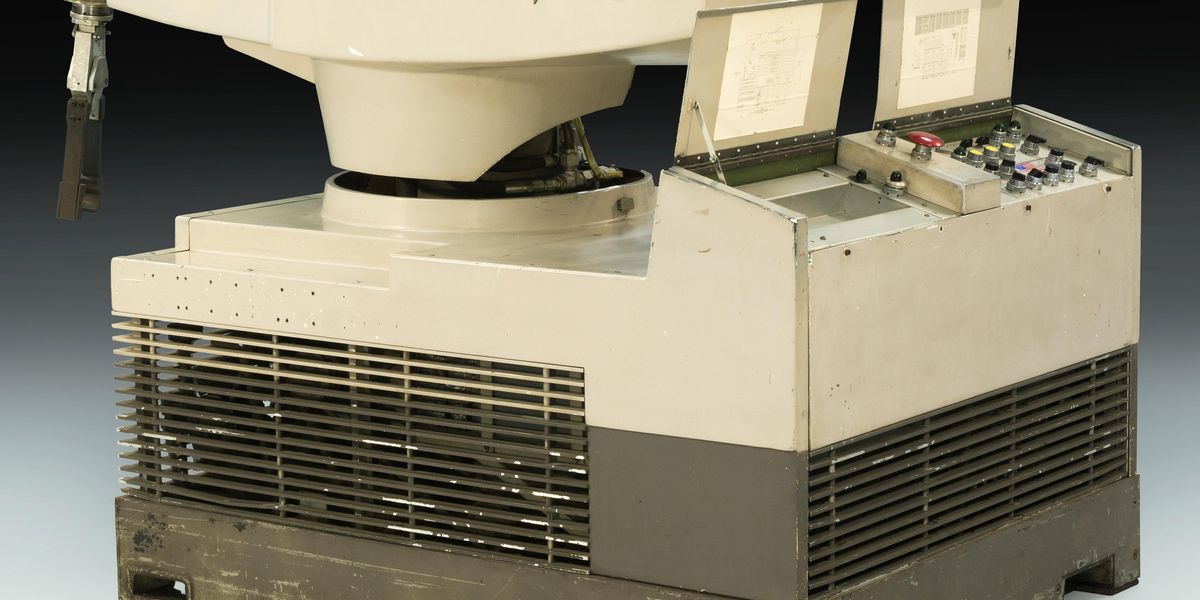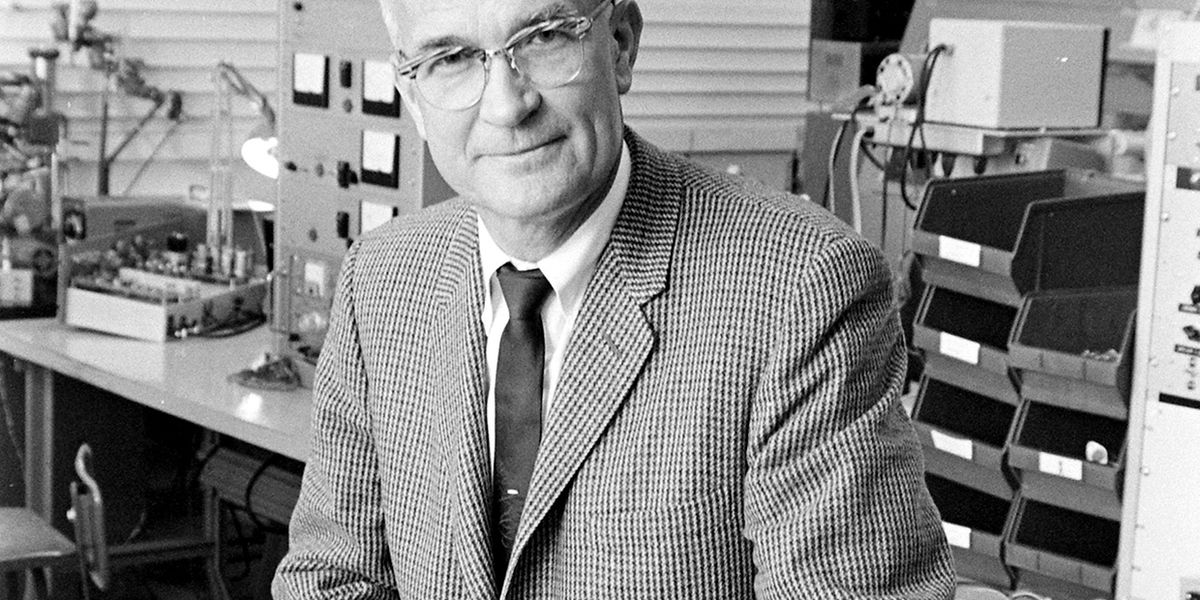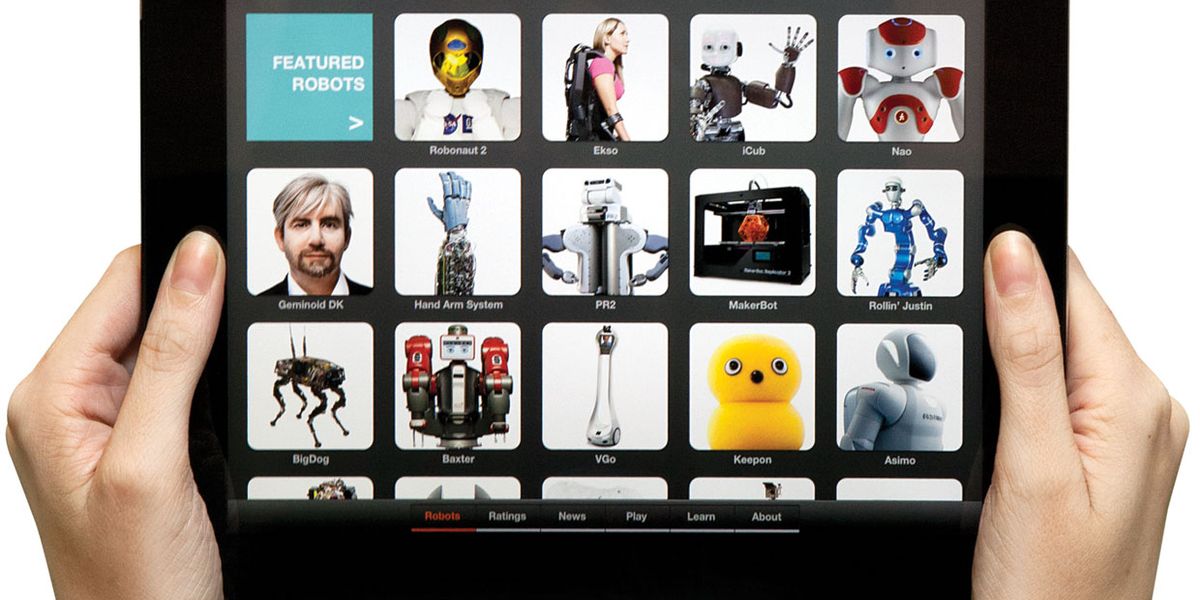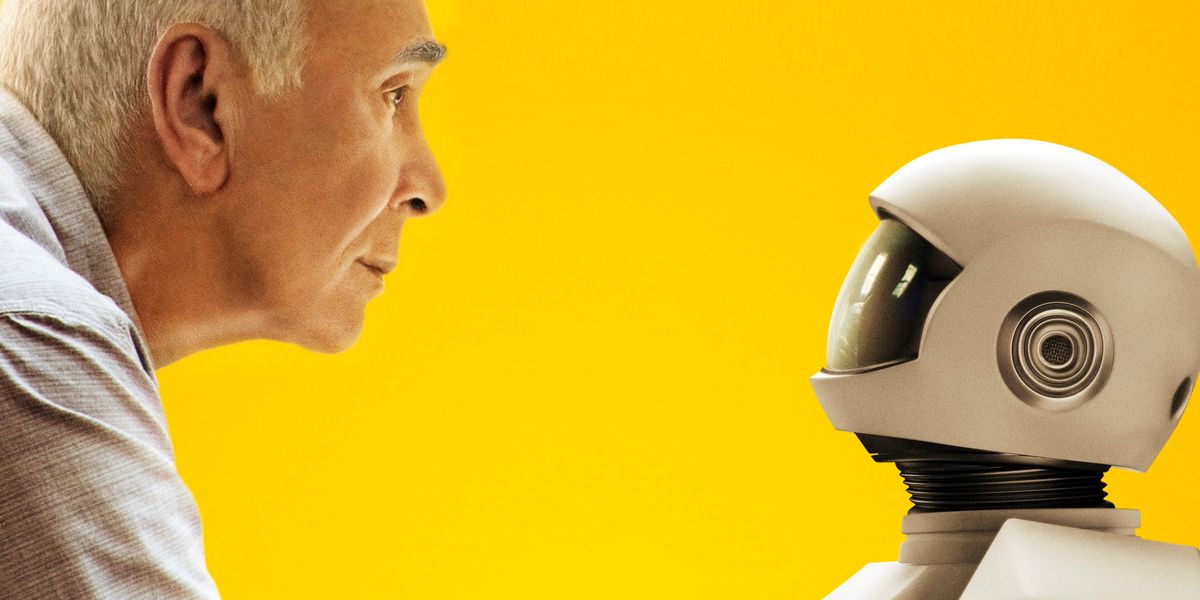Unimate

The Unimate was the first industrial robot ever built. It was a hydraulic manipulator arm that could perform repetitive tasks. It was used by car makers to automate metalworking and welding processes.
- Creator
- Year
- 1961
- Country
- United States 🇺🇸
- Categories
- Features
Did you know?
The first Unimate was installed at a General Motors plant in New Jersey in 1961.


History
In 1954, George Devol, an inventor and entrepreneur, filed a patent describing an autonomous machine that could store step-by-step digital commands to move parts in a factory (he called it a "programmed article transfer" device). Devol teamed up with another entrepreneur, Joseph Engelberger, and they built a prototype in 1958. They later started the first robotics company, Unimation, in Danbury, Conn. In 1961, they put the first Unimate into service at a General Motors plant in Ewing Township, N.J., where the robot extracted hot metal parts from a casting machine. The first Unimates sold for US $35,000 in the early 1970s (more than $200,000 in today's dollars). In 1978, after acquiring Vicarm, a company that had invented an innovative robot arm design, Unimation introduced the PUMA, or Programmable Universal Machine for Assembly, which went on to become a popular robot in industrial and research settings. Unimation eventually grew to have 800 employees and $90 million in revenue in the early 1980s, but sales declined as competition grew. Westinghouse acquired Unimation for $107 million in 1983 and transferred operations to Pittsburgh. Staubli, a French automation firm, later bought Unimation from Westinghouse.


Specs
- Overview
Equipped with hydraulic actuators and memory for hundreds of programmed steps. Position repeatability within 1 mm.
- Status
Discontinued
- Year
1961
- Website
- Height
- 142 cm (approximate)
- Length
- 400 cm
- Weight
- 1575 kg (early models)
- Sensors
Custom rotary encoders
- Actuators
Hydraulic actuators
- Degrees of Freedom (DoF)
- 6 (Arm: 3 DoF; Wrist: 3 DoF)
- Materials
Steel base and aluminum arm.
- Compute
Magnetic drum memory (CMOS memory in later models).
- Power
460-V power supply
- Cost
- $200,000 (approximate cost in today's dollars; $35,000 in 1972)







